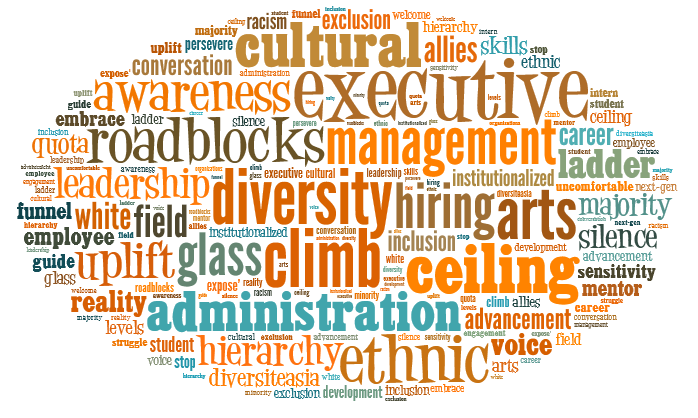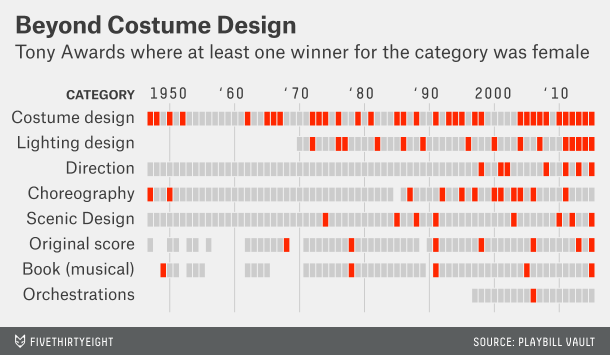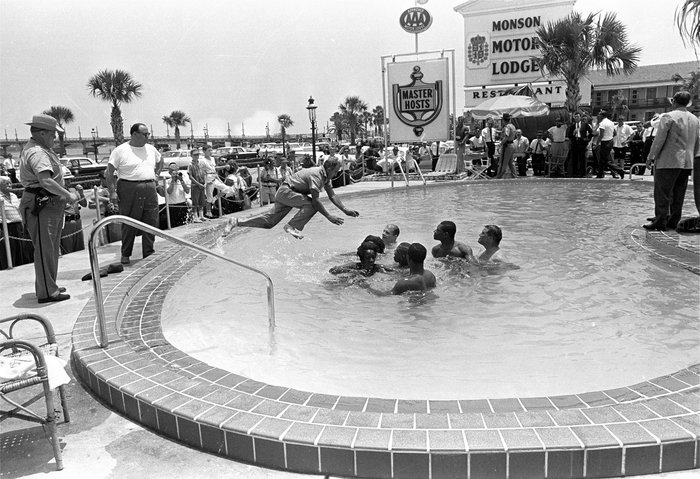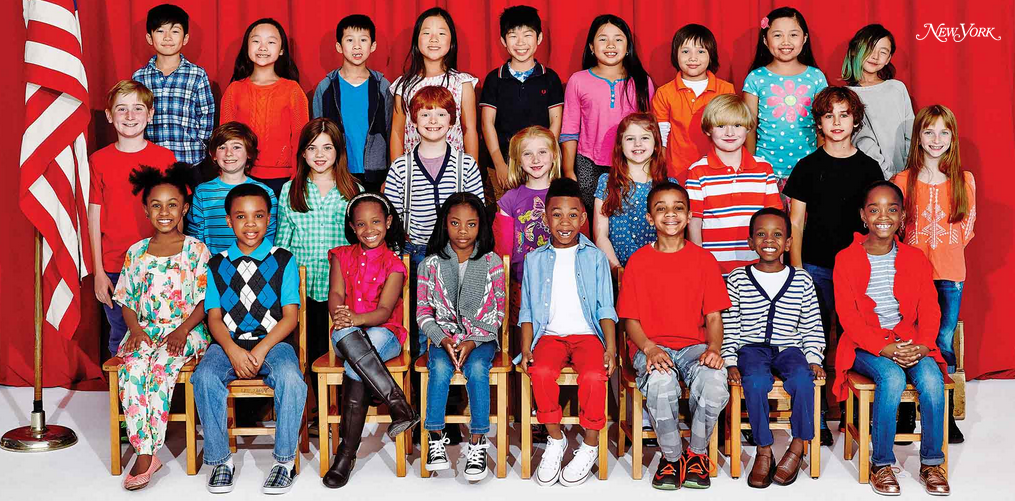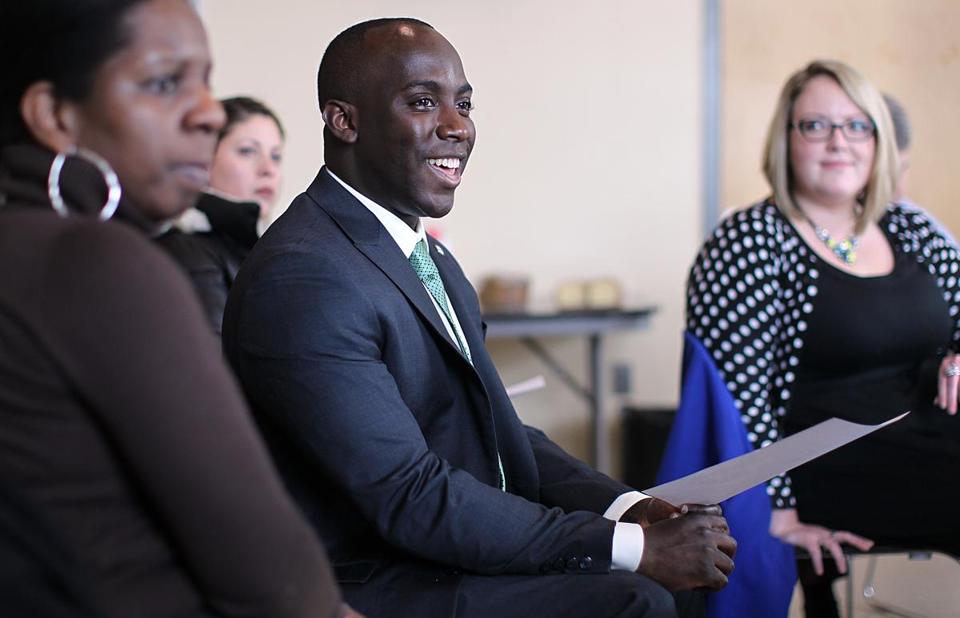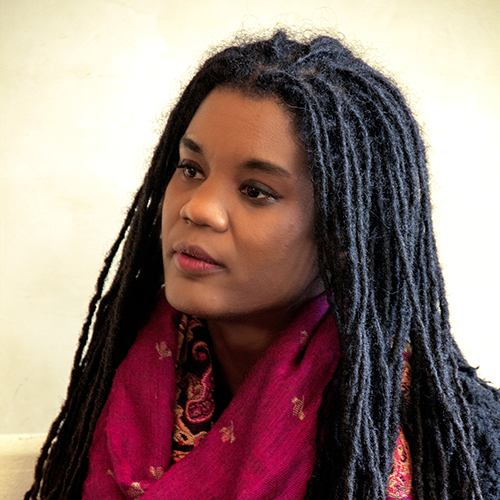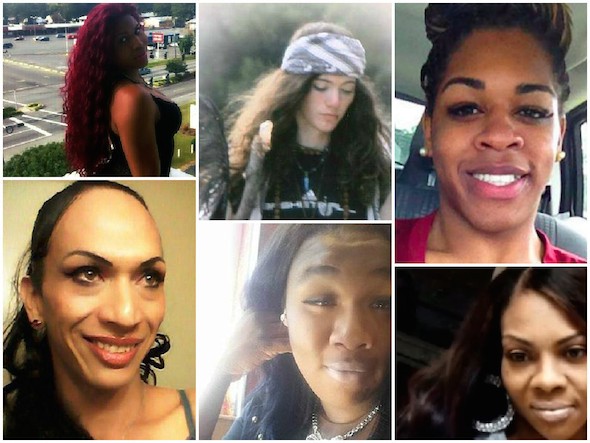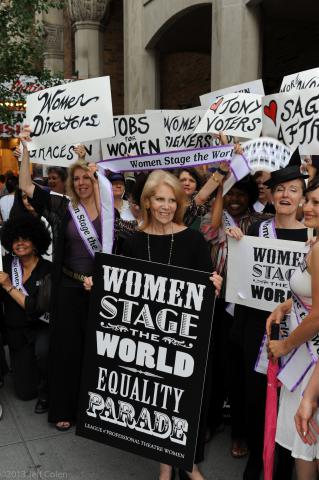Last month, Howlround published a piece by Elena Muslar entitled “Racial and Ethnic Diversity in Arts Management: An Exposé and Guide.” The article focused on Muslar’s research as part of her MFA thesis, which contained interviews that demonstrated common challenges and hang-ups the success and promotion of people of color. In her “Expose and Guide,” Muslar includes questions, suggestions, and pathways to creating opportunity and access into arts management positions.
Muslar noted four common responses in her interviews to current arts managers, about why there were not more people of color in leadership positions in their organizations:
- “My organization does try to reach out to people of color but they don’t apply.”
- “I’m not really sure why we haven’t had people of color in leadership positions.”
- “I fear my own voice in this conversation.”
- “I’m not sure how to get young people of color interested in this field.”
These answers are not surprising, and by now near commonplace. However, they are important to hear, and identify, so we can move past these fears and misconceptions. Without recognizing the hesitations, we are unable to challenge them, and consequently, leave them behind.
In all four responses, uncertainty is a common link. Responders are not sure why there is a lack of diversity in leadership, where their place is in the conversation, or how to resolve the issue. Uncertainty, here, is defeating. Rather than asking questions about how to perceive and create change, they are resolved in their inability and their unknowing.
Muslar does more than just raise these questions though, she provides answers.
